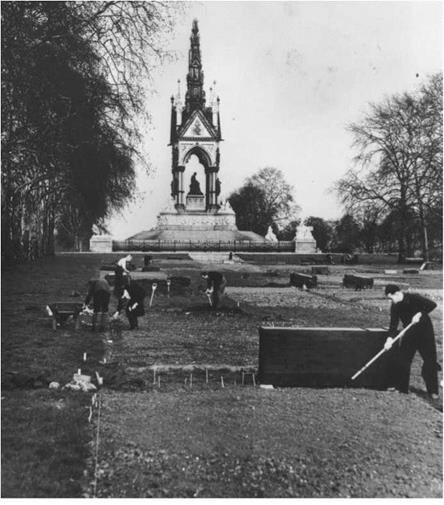Joe Howe, Katrin Bohn and Andre Viljoen
|
Figure 13.1 |
In Britain, as in much of the developed world, the very idea of growing food in the city, to many, sounds naive or even perverse. By contrast, urban food production in other parts of the world is a central feature of everyday life. For many poorer developing countries, urban agriculture is more a matter of economic value than of recreational or aesthetic preference (Lewcock, 1996).The scale of urban agriculture elsewhere is often staggering by Western standards. Across Chinese cities as a whole, 85 per cent of vegetables consumed by residents are produced within those cities and Shanghai and Beijing are fully selfsufficient in vegetables (Hough, 1995). This information may seem irrelevant to rich European countries. However, the degree to which attitudes towards urban food production are based on culture rather than wealth is demonstrated by the case of affluent Hong Kong. Here, vegetables to meet 45 per cent of
local demand are grown on 5-6% of the total land area (Garnett, 1996).
In this chapter we will examine European cites to see why and when they have accommodated urban agriculture. We will do this by considering, in the main, the history of urban food growing in Britain. While this situation will not exactly match that found in other countries, it broadly follows a similar pattern and so the lessons learnt can be applied elsewhere.




